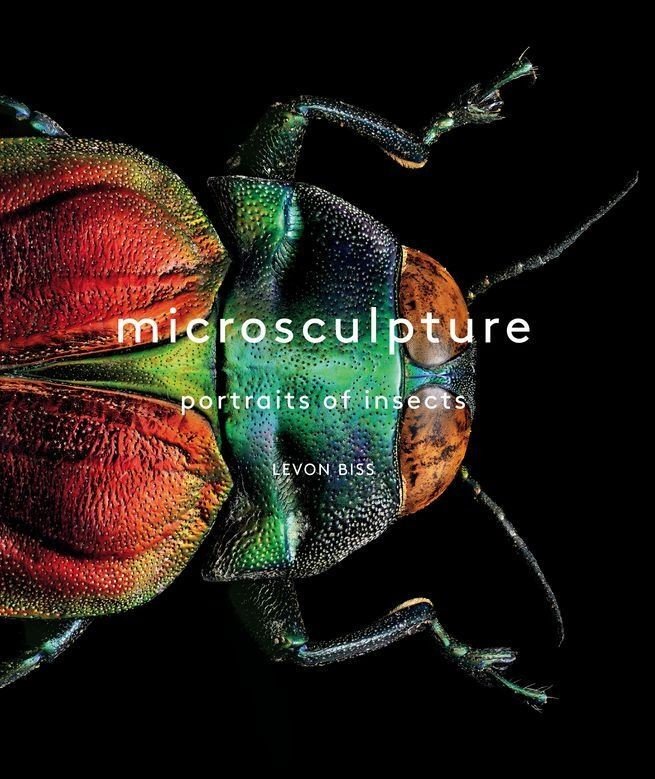
We usually think of insects as pests, carrying diseases inside our homes, gardens or crops. But they are also magnificent creatures, as photographer Levon Biss explores in his latest book, Microsculpture: Portraits of Insects.
Small works of art
The book is a continuation of his Microsculpture exhibition at the Museum of Natural History in Oxford.
To get these highly detailed photographs, Biss took more than 8,000 photographs from a single specimen and put them together, a process that takes about three weeks to complete.
Here are some examples:

Common cane beetle. He is currently a fairly rare resident in the UK. They develop underwater, but need to breathe out of it.

Longhorn beetle. There are more than 25,000 species of long beetles known by science, including this variety of jewel tones from Nigeria. Their larvae eat dead wood, and it can take up to 20 years to become adults like this magnificent specimen.

Mantis fly. It may share name and form with the most famous praying mantis, but this mantis fly has no relation to its pious counterparts. However, both use their gripping legs to grasp their prey.

Moth Marion. He lives, says Biss, in the distant backwaters of the Indian Ocean in the Prince Edward Islands, where he feeds on debris that accumulates in albatross nests.

Amazon purple warrior beetle. Emerges at dusk along the Amazon basin, and acts as a separate cleaning service for the region, carving dead animals with their sawed legs.

Turtle beetle. This Chinese beetle may look imposing, but it probably feeds on leaves. These beetles, Biss writes, use their dome armor as protection (or perhaps camouflage), but their larvae use a different approach, covering themselves with a lining of discarded skin and feces.

The membrácidos are a family of hemípteros insects related to the families Cicadidae and Cicadellidae. The orange and black colors are typically a warning sign in nature, telling all possible predators: 'Danger: not to eat.'
Absolutly its work like art..